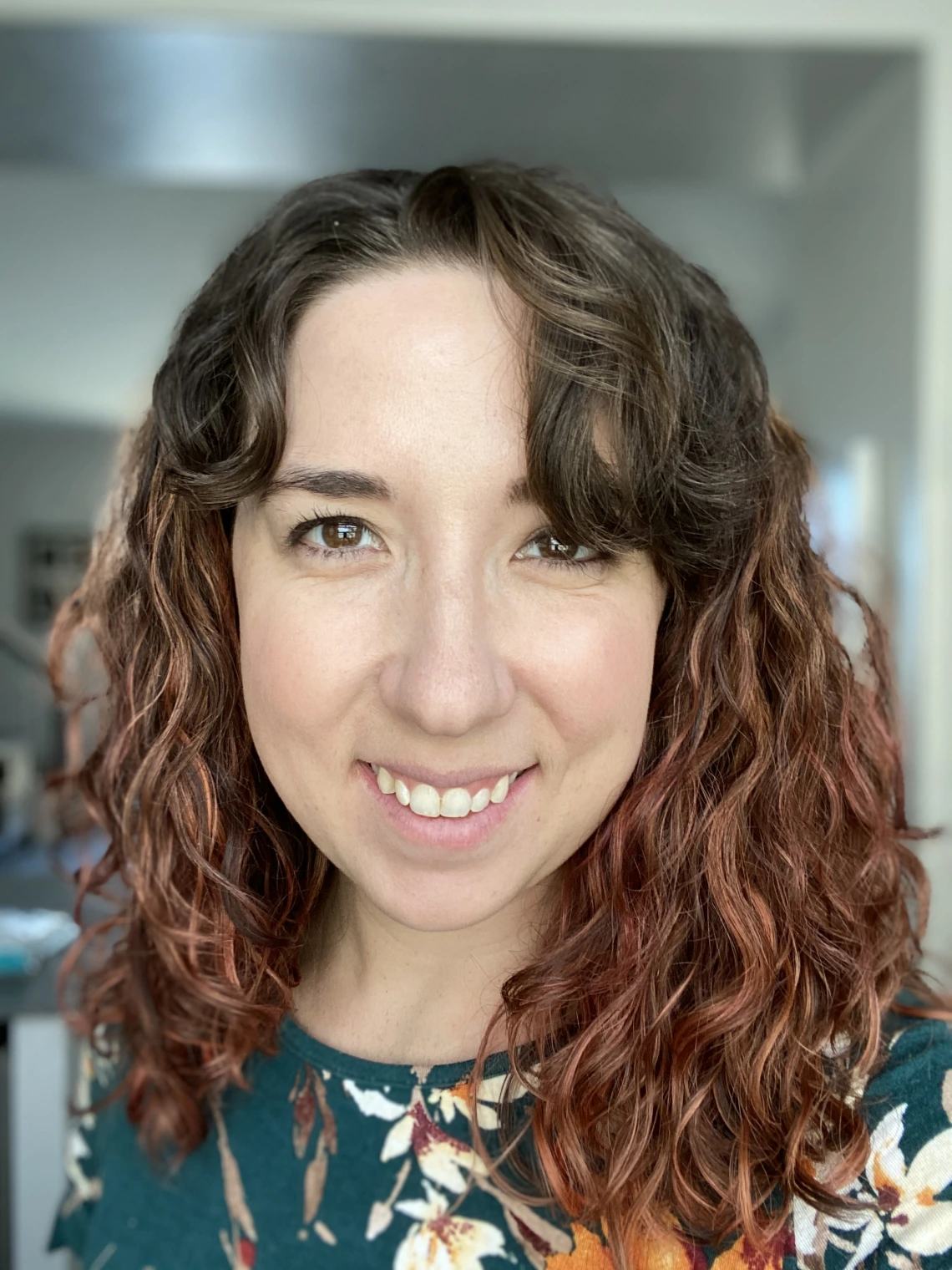CIRTL Spotlight: Morgan Carter, Plant Sciences

Meet some of our outstanding CIRTL members and find out why they joined CIRTL@UArizona!
Morgan Carter is a postdoc in Dr. David Baltrus’ lab in the School of Plant Sciences. Originally from North Carolina, she earned her B.S. in biochemistry from North Carolina State University and her Ph.D. in plant pathology from Cornell University. She loves teaching about molecular biology, microbes, and plants because these are all things that are often overlooked or invisible, but do really cool and important things. Her research largely focuses on plant-microbe-microbe interactions and her postdoc projects are on bacterial-fungal interactions, and she is currently investigating which genes are required for a bacterium to live inside of a fungus, a microbe within a microbe!
Tell us a little bit about your interest in teaching. What’s your background? What are your career interests?
I’ve always loved learning, leading, and helping and I knew I wanted to get my Ph.D. in science for a long time, despite having no family in academia or with PhDs. During undergrad, I did well in the introductory biochemistry course (a large junior/senior-level class) that I had taken as a sophomore and was invited to be a teaching assistant the next semester. I think I mostly took the position to get more familiar with the concepts and because I thought it would look good for graduate school. But my passion for learning, leading, and helping all came together in teaching and I spent way too much time holding library office hours, grading, and coming up with review material for that class. I had my sights set on becoming a professor, naively seeing it as the ultimate research career, but that experience showed me that I was equally compelled by teaching, making a professorship an even more appropriate career goal. As a graduate student, my most productive semesters were when I was teaching and doing research; the balance of creating new knowledge and then passing it on kept me inspired for both tasks.
Why did you get involved in CIRTL? What initially interested you in joining?
Cornell was also a member of CIRTL and my first introduction to CIRTL was taking the online MOOC “Introduction to Evidence Based STEM Teaching for Undergraduates” in my first year of graduate school. I didn’t take advantage of other CIRTL offerings in graduate school, so I was glad when I got to the University of Arizona and saw that they were joining CIRTL as well. I think I signed up as soon as I saw the e-mail! Now that I’m even closer to potentially teaching my own course, I wanted to get more serious about my training as a teacher.
What do you enjoy about being in CIRTL so far? How have you gotten involved?
I participated in a few of the events offered in the Fall semester through CIRTL, learning about CUREs (Classroom Undergraduate Research Experiences) and equity frameworks. I pretty much check the newsletter every time it lands in my inbox to see what might fit in my calendar. I’ve also enjoyed getting to know Kristin and others involved in CIRTL and teaching here. They have been great resources for new opportunities and book recommendations!
What advice would you give to new or prospective members?
Just start signing up! I think the hardest step to prioritizing your own training in teaching is being indecisive about what to do and when to start. Become more familiar with what opportunities and resources are available, but once you see something interesting, go for it. Making time for just a single workshop is a good way to ease in, and then it will be easier to see how you can balance larger commitments.

